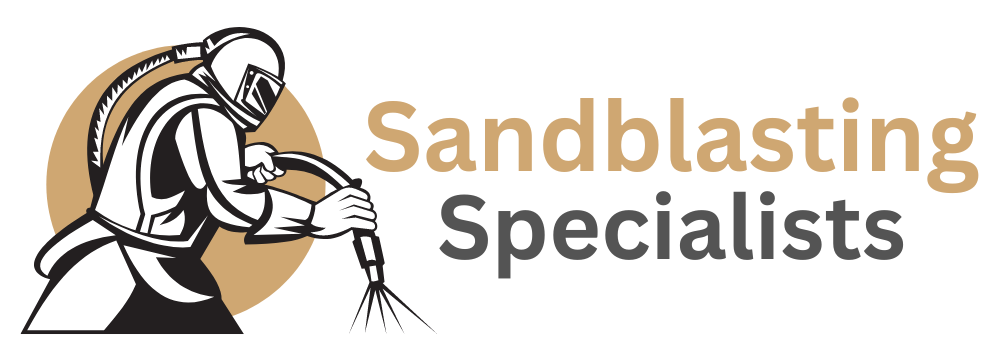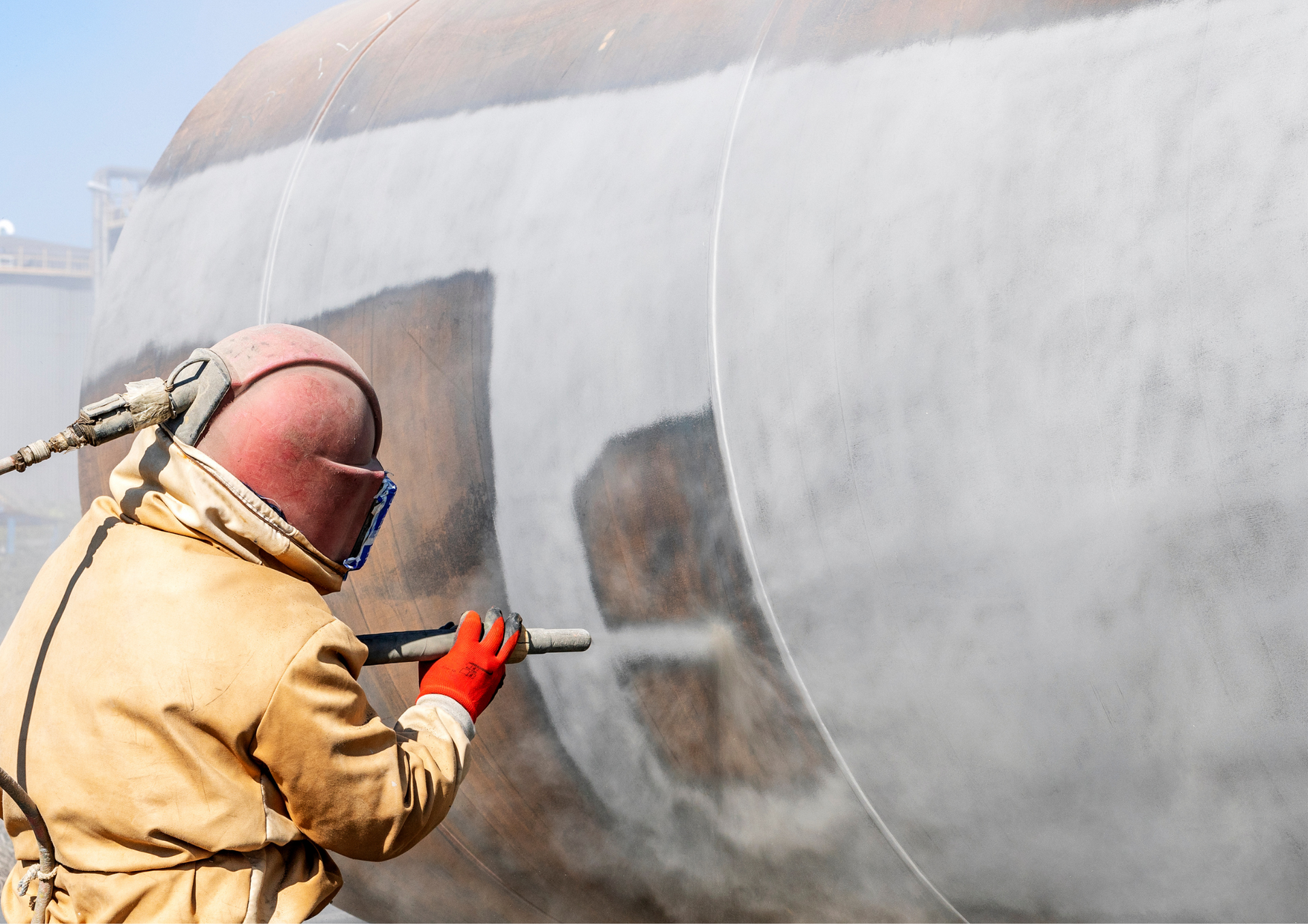Sandblasting Equipment: Types, Features, and Maintenance Tips
Sandblasting is a powerful technique for cleaning and preparing surfaces, and it is used in various industries, from construction to automotive restoration. This blog post will cover the essential aspects of sandblasting equipment, focusing on types, features, and maintenance tips. By the end of this article, you'll better understand the equipment needed for effective sandblasting and how to keep it in optimal condition.
Types of Sandblasting Equipment
Understanding the different types of sandblasting equipment is crucial as it helps you make an informed decision when choosing the right equipment for your project. Each type is designed for specific applications, and this knowledge can significantly impact the success of your sandblasting tasks.
1. Pressure Pot Blasters
Pressure pot blasters are the most common type of sandblasting equipment. They store abrasive media in a pressure vessel, which is then forced through a nozzle by compressed air. This type of equipment is suitable for large-scale projects and offers high efficiency and precision.
2. Suction Blasters
Suction blasters, also known as siphon blasters, use a suction system to draw abrasive media into the air stream. This type of blaster is less powerful than pressure pot blasters, making it ideal for smaller projects or delicate surfaces. The main advantage of suction blasters is their simplicity and lower operating cost.
3. Portable Blasters
Portable blasters, despite their smaller size, are incredibly versatile and can be used in various applications. They are designed for on-site work, making them ideal for contractors who need to move their equipment to different job sites. While they may not be as powerful as pressure pot blasters, their adaptability is a significant advantage.
4. Cabinet Blasters
Cabinet blasters are enclosed systems that allow for sandblasting in a controlled environment. This equipment is commonly used for smaller parts and components, providing a clean and safe workspace. Cabinet blasters come in various sizes and configurations, offering flexibility for different projects.
Features to Look for in Sandblasting Equipment
When choosing sandblasting equipment, it's essential to consider the features that best suit your needs. Here are some key features to keep in mind:
1. Adjustable Pressure
The ability to adjust pressure is crucial for achieving the desired results. Higher pressure is suitable for heavy-duty projects, while lower pressure is ideal for delicate surfaces. Look for equipment with adjustable pressure controls for greater versatility.
2. Nozzle Selection
Different projects require different nozzle types. Conical nozzles are ideal for focused blasting, while fan nozzles cover a broader area. Ensure that your sandblasting equipment comes with a variety of nozzles to accommodate different tasks.
3. Abrasive Media Compatibility
Not all sandblasting equipment is compatible with every type of abrasive media. Some common abrasive media include sand, glass beads, aluminium oxide, and steel shot. Make sure your equipment is compatible with the media you plan to use.
4. Safety Features
Safety should always be a top priority when using sandblasting equipment. Look for features like pressure relief valves, emergency stop buttons, and protective enclosures. These safety features are not just add-ons, but essential components that help reduce the risk of accidents and injuries, giving you the confidence to work with peace of mind.
Maintenance Tips for Sandblasting Equipment
Regular maintenance is essential for ensuring the longevity and performance of your abrasive sandblasting equipment. Here are some maintenance tips to keep your equipment in top condition:
1. Regular Cleaning
Abrasive media can build up inside the equipment, causing clogs and reduced efficiency. Regularly clean your sandblasting equipment to prevent blockages and ensure smooth operation.
2. Inspect and Replace Worn Parts
Sandblasting equipment has several moving parts that can wear out over time. Inspect components like nozzles, hoses, and pressure gauges regularly. Replace any worn or damaged parts promptly to avoid equipment failure.
3. Check for Leaks
Leaks in the air supply or pressure vessel can reduce the effectiveness of sandblasting. Perform regular checks for leaks and repair them as soon as possible to maintain optimal performance.
4. Lubricate Moving Parts
Proper lubrication is essential for reducing friction and wear in moving parts. Use the recommended lubricants to keep your equipment running smoothly and extend its lifespan.
5. Test Safety Features
Safety features like pressure relief valves and emergency stop buttons should be tested regularly. Ensure they are functioning correctly to maintain a safe working environment.
Abrasive blasting equipment comes in various types, each designed for specific applications. By understanding the different types, features, and maintenance tips, you can make an informed decision when choosing the right equipment for your needs. Remember to prioritise safety and perform regular maintenance to ensure your equipment's longevity and effectiveness.
Sandblasting Specialists is the perfect choice when it comes to sandblasting services. We offer various sandblasting services designed to meet the needs of various industries and applications. Our team of experts is committed to delivering top-notch service, ensuring that you receive the best possible assistance throughout the process. You can rely on us for reliable service, comprehensive maintenance tips, and exceptional customer care. We value your business and are always here to support you every step of the way. Have a quick online search of "sandblasting near me" on the internet to find us!
Check out our latest GBP update about the types of sandblasting equipment, their features and how to always keep them in top condition.



